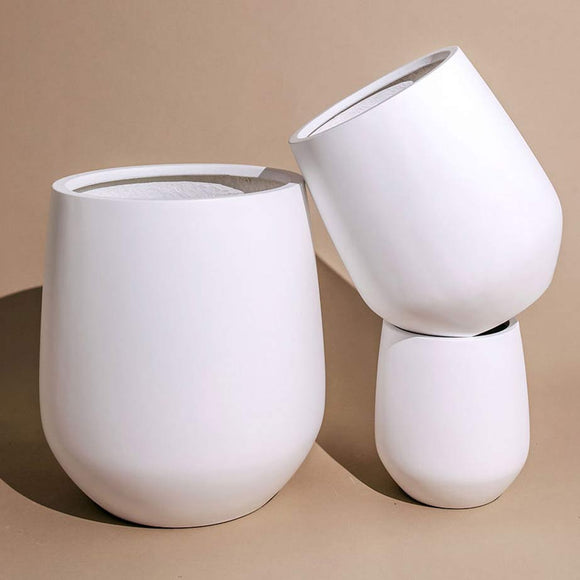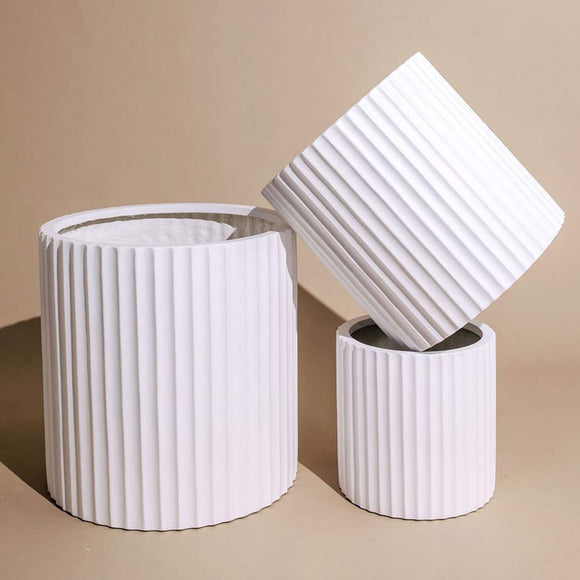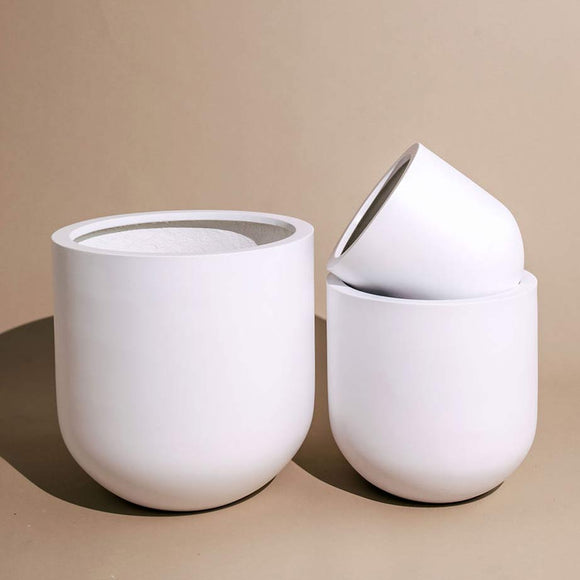Staghorn Fern- Platycerium
Uniquely captivating, these plants resemble deer or elk antlers, a feature that bestows them with their distinctive name. Originating from Asia and Australia, they belong to the Polypodiaceae family. Though their growth is unhurried, their eventual size becomes remarkably impressive. Among the 17 species of Platycerium, the staghorn fern is the most commonly embraced in home cultivation.

What are the Light Requirements?
Staghorn ferns thrive in environments characterized by consistent, dappled light. However, they exhibit resilience in the face of greater sunlight exposure when accompanied by ample water, warmth, and humidity. Yet, exercise caution to prevent direct sunbeams from reaching their delicate fronds, as these can lead to swift scorching.
How Should I Water?
Proper watering is crucial for the health of your Staghorn Fern. It is best to water it thoroughly but infrequently. One effective method is to soak the plant in a water basin for about 10 minutes, allowing the roots to absorb moisture. Afterwards, let it drain completely before returning it to its display location.
What is the Ideal Humidity Level?
This plant LOVES humidity! Elevate the humidity in your plant's vicinity by considering strategic placements in naturally humid zones within your home, like the bathroom or kitchen. Should this prove insufficient, enhance the ambient humidity by employing a compact humidifier or by intermittently misting the plant.

What Type of Soil?
The Staghorn Fern prefers a well-draining potting mix that retains some moisture. A mixture of orchid bark, sphagnum moss, and peat moss is ideal. This combination provides the necessary nutrients while allowing excess water to drain away. Avoid using heavy soils that can retain too much water and lead to root rot.
Common Problems?
Determining the optimal water quantity for your staghorn fern is a key challenge. It suggests excessive watering if you observe fronds displaying browning or darkening around their base. If frond tips exhibit signs of browning or wilting, it indicates that more frequent watering might be necessary.
Fun Facts!
- It is an epiphytic plant that grows on other plants or objects, such as trees or rocks but does not rely on them for nutrients.
- The fronds of the Staghorn Fern can grow up to several feet in length, creating an impressive display.
- These ferns have been used as decorative elements in gardens and homes for centuries, adding a touch of natural elegance.
Now that you better understand care for the Staghorn Fern and some interesting facts about this captivating plant, you can confidently bring one into your home!
Learn about the Bromeliad here.
















